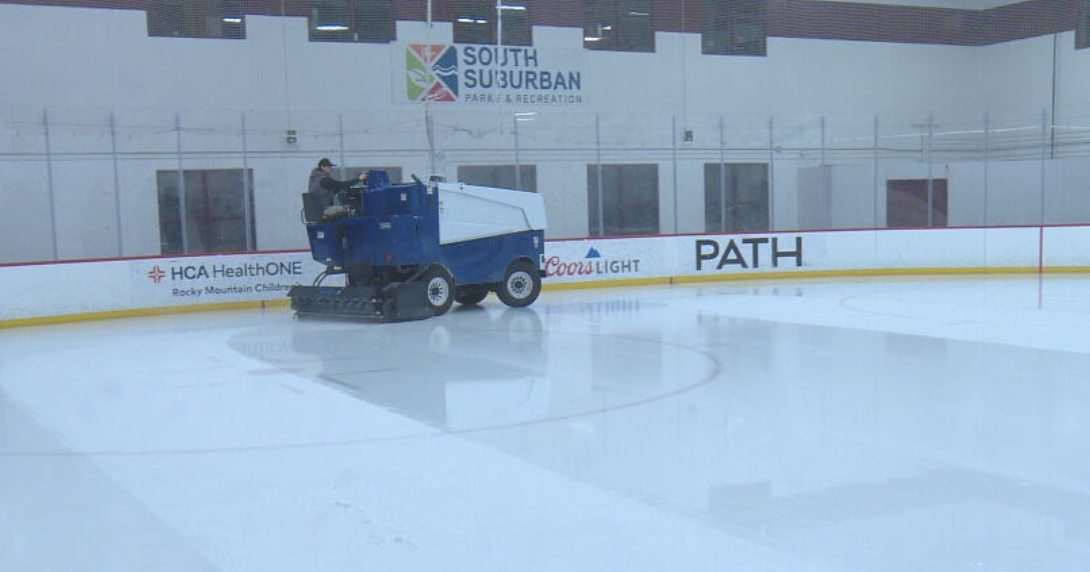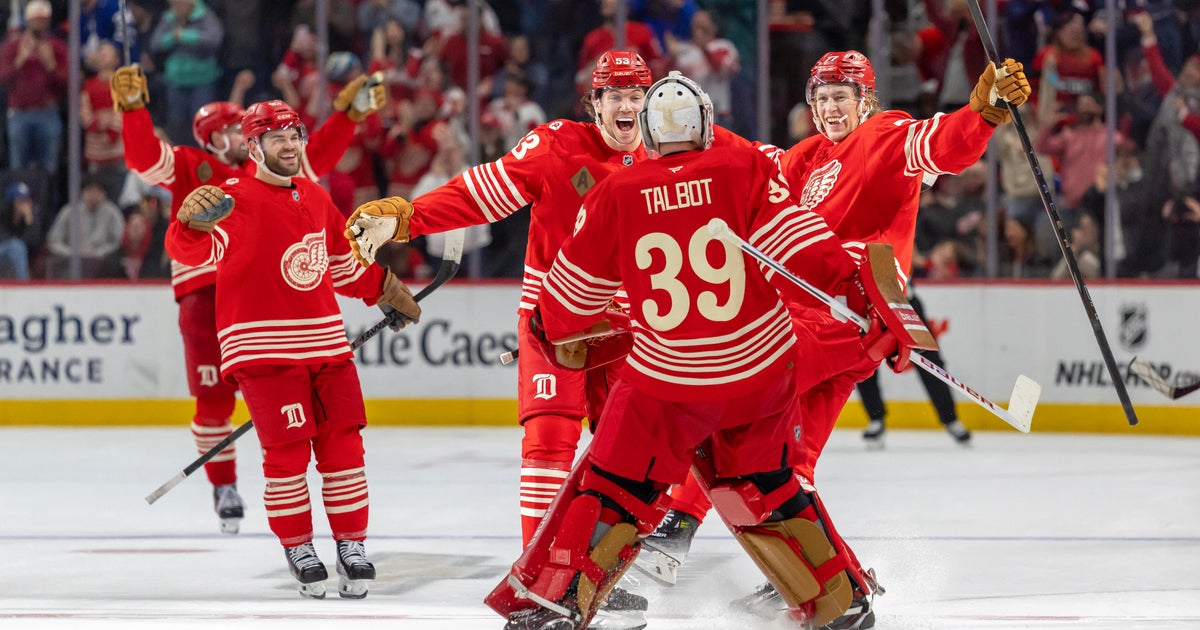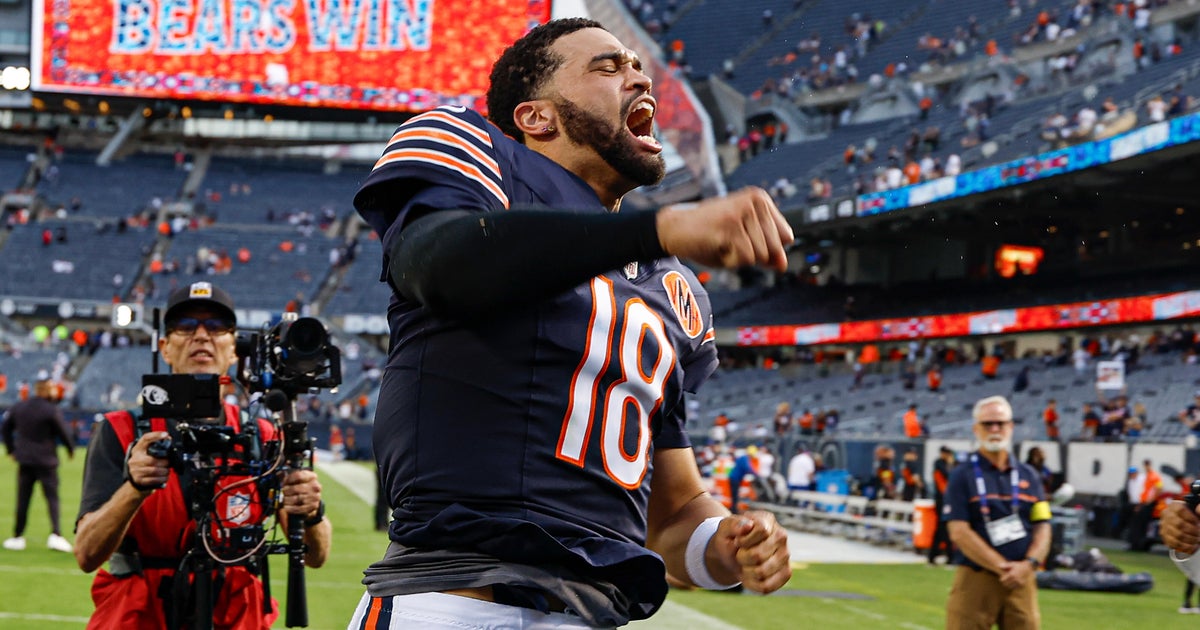NHL Remains In The Dark On Headshots
TORONTO, CANADA (Sports Network) - Instead of fully enjoying the stretch drive to the NHL playoffs and its many storylines, hockey fans are being unrelentingly bombarded with the issue of headshots and concussions.
It's a crisis that won't go away, in part because the head injuries continue to happen, but most of all because the league refuses to take immediate and decisive action to curb a startling and dangerous trend.
While Sidney Crosby's season hangs in the balance due to post-concussion syndrome, the league continues to operate with no real progress toward a solution. One would think a potential season-ending injury to the game's brightest star would force the decision makers to take abrupt action, but once again the league has failed to address the epidemic that ails hockey not only at the professional level, but at all tiers and age groups.
The lack of action begs the question: Why is it that the ambassadors of the game entrusted with building the future of the sport are the ones incapable of protecting their most valuable assets, the players?
The simple, harsh truth is that the way NHL hockey is being played is putting lives at risk.
Pittsburgh Penguins owner and NHL legend Mario Lemieux recently added his voice to the growing number of those troubled by the league's failure to protect its players from malicious hits. He went as far as stating he would need to "re-think" his involvement in the league due to the current state of affairs.
Lemieux's comments came as a result of his Penguins playing the New York Islanders last Friday in a game that shamefully featured 346 penalty minutes, 15 fighting majors and 11 game misconducts. During the aftermath, Lemieux was unsatisfied with the NHL's response to the game which he called a "travesty".
"The NHL had a chance to send a clear and strong message that those kinds of actions are unacceptable and embarrassing to the sport. It failed." he said.
As the owner who employs Matt Cooke, arguably the dirtiest player in the NHL, Lemieux has been criticized for speaking out and in some circles called a hypocrite. But little good can come of condemning Lemieux when his intentions are clearly in the best interest of the game. It's disgraceful that one of the most gifted players to ever don a pair of skates comes out and speaks about the fragile state of the NHL and hockey's dirty under-belly surfaces to attack him instead of engaging in productive debate.
Finger-pointing and avoidance need to give way to careful and meaningful discussion that focuses on the health of the players as a main priority. The NHL needs to redefine its image and that process should include the phasing out of media members, ex-enforcers, old/tired general managers, coaches and front office personnel who glorify brutality in hopes of preserving traditional thuggery within the game.
On one hand, the league says it is serious about eliminating headshots, while on the other they allow barbaric and possibly fatal bare-knuckled punches to the face and head? That is the true hypocrisy deserving of condemnation, not a few pointed comments from a retired legend.
Something severe needs to be done and if this current managing regime isn't prepared to take responsibility, then brave proponents of change like Lemieux must continue to challenge the status-quo until the reverberations reach critical mass.
The NFL has figured it out. It realized it can't survive without the star players healthy and on the field. In doling out $100,000 in fines to Pittsburgh Steelers linebacker James Harrison for dangerous and banned hits to the head, commissioner Roger Goodell made it clear that, accidental or not, such play would not be tolerated.
Making the former defensive player of the year a poster boy for the league's pro-health initiatives was a brilliant and bold move, it was also precisely the type of progressive step that the NHL has been incapable of making.
Instead, hockey's disciplinarians get caught up in the endless game of deciphering intent when handing out fines or suspensions, wasting time deciding whether a player "intended" to injure their peer, or whether the injury suffered was severe enough to merit punishment.
The thought process is so broken it is comical, but it doesn't have to be.
Criticism toward the NHL will only grow as more careers are put in jeopardy as a result of the current system, but how the league's executives respond can be a defining moment for this regime.
They can wait to ban fighting or institute a no-touch icing rule to protect their players. They can avoid writing clearer, harsher and less interpretive rules to go along with stiffer fines and suspensions. They can ignore the fact that specially designed helmets aimed at reducing concussions exist. They can stay away from enforcing proper chin strap and mouth-guard usage. They can steer clear of a movement for softer and less weapon-like equipment by investing in its development, or they can show they actually care about the human beings they employ and take immediate action.
If they don't, they should prepare for the day when one of their own is turned into a vegetable, or worse, killed because of a collective blindness to reason. Sadly, maybe that's exactly what it will take to open their eyes.







